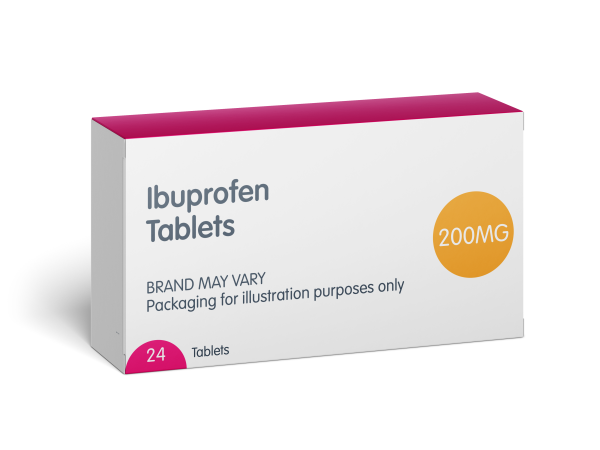Juvenile Idiopathic Arthritis: Symptoms, Causes & Treatment
What are the symptoms of juvenile idiopathic arthritis?
Juvenile idiopathic arthritis (JIA), formerly known as juvenile rheumatoid arthritis, is a chronic autoimmune disorder that causes joint inflammation and stiffness in children. The symptoms of JIA can vary depending on the type and severity of the condition, but some common symptoms include:
- Joint pain and swelling: This is the most common symptom of JIA. The affected joints may appear swollen, warm to the touch, and painful with movement.
- Joint stiffness: Children with JIA often experience stiffness, especially in the morning or after periods of inactivity, making it difficult to move the affected joints.
- Limping or difficulty walking: If the condition affects the knees, hips, or ankles, the child may have difficulty walking or develop a limp.
- Reduced range of motion: The inflammation can limit the range of motion in the affected joints, making it hard for the child to move the joint fully.
- Fever and rash: In some cases, JIA can be accompanied by a low-grade fever and a distinctive rash, known as the “butterfly rash” on the cheeks.
- Fatigue and lethargy: The inflammation and associated symptoms can cause significant fatigue and lethargy in children with JIA.
- Eye inflammation (uveitis): In some cases, JIA can lead to inflammation in the eyes, which can cause eye pain, redness, and vision problems if left untreated.
- Growth problems: If the condition affects the growth plates in the bones, it can lead to growth disturbances or uneven growth.
- Anemia: Chronic inflammation can sometimes cause anemia, leading to fatigue and paleness.
The symptoms of JIA can vary from child to child and may come and go in episodes, known as flare-ups. It’s important to consult your healthcare provider if a child experiences persistent joint pain, swelling, or other symptoms, as early diagnosis and treatment can help prevent long-term joint damage and disability.
What are the causes of juvenile idiopathic arthritis?
Juvenile idiopathic arthritis (JIA) is a type of arthritis that affects children and teenagers, typically under the age of 16. The exact causes of JIA are still not fully understood, but it is believed to be a combination of genetic and environmental factors. Here are some of the potential causes of JIA:
- Genetic factors: JIA is thought to have a genetic component, as it tends to run in families and is more common in certain ethnic groups.
- Immune system dysfunction: JIA is characterized by an abnormal immune response, which can lead to inflammation and joint damage.
- Viral infections: Some viral infections, such as Epstein-Barr virus, may trigger an immune response that leads to JIA.
- Environmental factors: Exposure to certain environmental factors, such as pesticides or heavy metals, may contribute to the development of JIA.
- Hormonal factors: Hormonal changes during puberty may also play a role in the development of JIA.
- Autoimmune mechanisms: JIA is thought to be an autoimmune disorder, meaning that the immune system mistakenly attacks the body’s own tissues, leading to inflammation and joint damage.
- Genetic mutations: Some genetic mutations, such as those in the genes involved in the immune response, may increase the risk of developing JIA.
- Environmental triggers: Certain environmental triggers, such as stress, may trigger an immune response that leads to JIA.
Some of the risk factors for developing JIA include:
- Family history: Children with a family history of JIA or other autoimmune disorders are at increased risk of developing JIA.
- Age: JIA typically affects children under the age of 16.
- Gender: Girls are more likely to develop JIA than boys.
- Ethnicity: Certain ethnic groups, such as Caucasians and African Americans, are more likely to develop JIA.
It’s important to note that JIA is a complex disorder that is not yet fully understood, and more research is needed to determine the exact causes and risk factors.
What is the treatment for juvenile idiopathic arthritis?
The treatment for juvenile idiopathic arthritis (JIA) typically involves a combination of medications, physical therapy, and lifestyle changes. The goal of treatment is to control inflammation, reduce pain and stiffness, and improve joint function and mobility. Here are some common treatments for JIA:
- Medications:
- Nonsteroidal anti-inflammatory drugs (NSAIDs) such as ibuprofen and naproxen to reduce pain and inflammation.
- Corticosteroids such as prednisone to reduce inflammation and swelling.
- Disease-modifying antirheumatic drugs (DMARDs) such as methotrexate and sulfasalazine to slow down the progression of the disease.
- Biologics such as tumor necrosis factor-alpha (TNF-alpha) inhibitors and interleukin-1 (IL-1) inhibitors to reduce inflammation and prevent joint damage.
- Physical therapy:
- Exercise programs to improve joint mobility and strength.
- Physical therapy modalities such as heat, cold, and electrical stimulation to reduce pain and inflammation.
- Lifestyle changes:
- Maintaining a healthy weight to reduce stress on the joints.
- Engaging in low-impact exercises such as swimming and cycling to reduce joint stress.
- Avoiding activities that exacerbate the condition.
- Surgery:
- In some cases, surgery may be necessary to repair or replace damaged joints.
- Alternative therapies:
- Acupuncture: a technique that involves inserting thin needles into specific points on the body to reduce pain and inflammation.
- Massage therapy: a technique that involves manipulating the soft tissues of the body to reduce pain and inflammation.
The choice of treatment depends on the severity of the condition, the location and extent of the affected joints, and the individual’s overall health. It’s important to work with a healthcare provider to develop a treatment plan that is tailored to the individual’s needs.
In addition to these treatments, it’s also important to maintain good joint health by:
- Taking regular breaks to rest and stretch
- Avoiding heavy lifting or bending
- Wearing supportive shoes and orthotics
- Engaging in regular exercise to maintain strength and flexibility
- Getting regular check-ups with a healthcare provider to monitor the condition and adjust treatment as needed.




